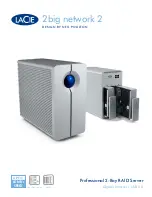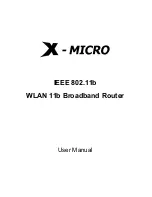
co
M
.sat
ISDN Basic
created: page:
file:
16/01/09
36
coMsat ISDN Basic Manual V2.7.doc
Note Protection Mark according to DIN 34!
the ISDN Basic is to be used, the tone of the TC35i module should be switched off.
The duration of the tone is set in the input box: 30 represents a tone of 3 seconds
duration.
The parameter "
Dial Tone Delay
" can be used in applications that rely heavily on
block dialling. Some PBXs do block dialling in two steps. First they initiate a call
without number so that the ISDN Basic generates a dial tone. Then they send the
called party number which stops the dial tone again. This can be prevented using
”
Dial Tone Delay
”, delaying the dial tone by multiples of 0.1 seconds. The dial tone
is only started if no dialled number is received during that time.
If the GSM network always uses the same length for its phone numbers, the
parameter “
Max. No. Length
” can be set to this length. This instructs the
ISDN
Basic
to start the outgoing call immediately after that number of digits have been
dialled, without waiting for timeout.
The March-Root-Tone generated by the TC35i module can be suppressed by
checking "
Mute March Root Tone
".
The option "
Send SMS called party…
" causes an SMS to be sent for calls from PBX
to GSM containing a configurable text where the MSN of the caller can be inserted
using the placeholder <msn>. This allows the called user to see who calls him during
an active or after a missed call.
The possible settings for outgoing calls are then rounded off by three lists.
The phone numbers that are not to be dialled are entered in the first list, e.g. very
expensive numbers that start with 0190x. If no country and area code is specified,
the phone number must be entered both with and without the dialling code to avoid
being able to call restricted numbers by using or ommitting these codes.
Example: 71481430
062171481430
+4962171481430
However, if the country code “+49” and the area code “0621” is configured, only one
entry of the three above is necessary.
The comparison of the numbers begins at the first position and need not match
completely. Entries in this list can therefore be prefixes.
The second list is used for entering the phone numbers that allow free calls, e.g. the
numbers that begin with the digits 0800. No charge impulse information is generated
for these numbers. The notes above also apply to this list.
The third list contains numbers or prefixes that shall always see the calling party
number when called (CLIP), even if this function is disabled (CLIR is enabled) for the
calling channel. This allows to enable CLIP and return call handling for specific
numbers (see 3.3.10).
















































